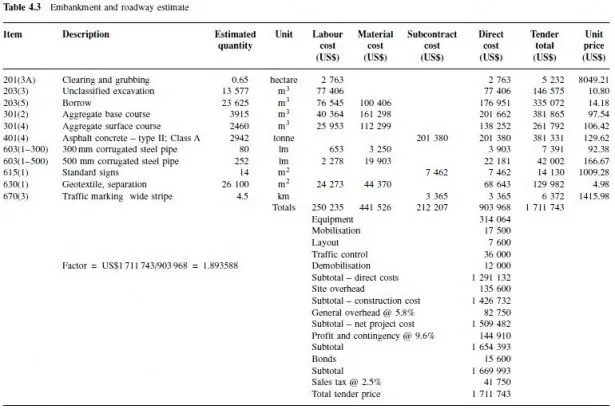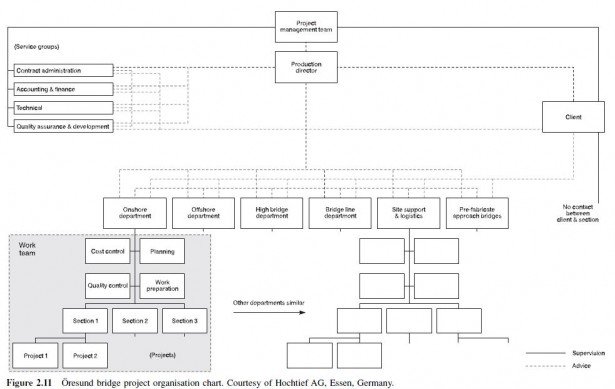To carry out meaningful preliminary job planning, intimate knowledge of the construction site is required. If the undertaking is a highway project through a wilderness area, a visit on foot or by tracked vehicle will bring the contractor in close contact with site conditions. If the project is our waterway crossing, time spent on the water, on the nearby shorelines and in adjacent communities will be essential. And these visits must be far more than casual observations. They must be well planned and thorough. Clough and Sears (1994) offer the following about the jobsite visit:
After preliminary examination of the drawings and specifications, the construction site must be visited. Information is needed concerning a wide variety of site and local conditions. Some examples are as follows:
1 Project location
2 Probable weather conditions
3 Availability of electricity, water, telephone, and other services
4 Access to the site
5 Local ordinances and regulations
6 Conditions pertaining to the protection or underpinning of adjacent property
7 Storage and construction operation facilities
8 Surface topography and drainage
9 Subsurface soil, rock, and water conditions
10 Underground obstructions and services
11 Transportation and freight facilities
12 Conditions affecting the hiring, housing and feeding of workers
13 Material prices and delivery information from local material dealers
14 Rental of construction equipment
15 Local subcontractors
16 Wrecking and site clearing.

